Refine listing
Actions for selected content:
16950 results
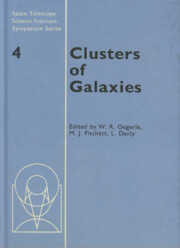
Clusters of Galaxies
-
- Published online:
- 06 July 2010
- Print publication:
- 21 June 1990
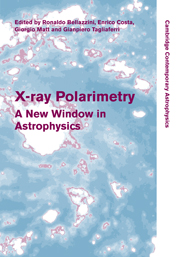
X-ray Polarimetry
- A New Window in Astrophysics
-
- Published online:
- 06 July 2010
- Print publication:
- 08 July 2010
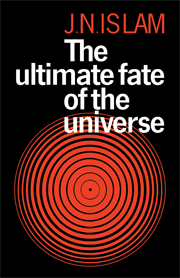
The Ultimate Fate of the Universe
-
- Published online:
- 06 July 2010
- Print publication:
- 14 April 1983

The Behavior of Chemical Elements in Stars
-
- Published online:
- 06 July 2010
- Print publication:
- 08 June 1995
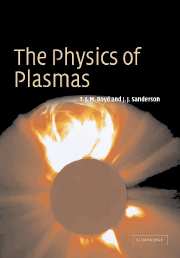
The Physics of Plasmas
-
- Published online:
- 06 July 2010
- Print publication:
- 23 January 2003
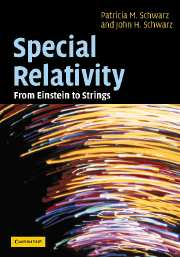
Special Relativity
- From Einstein to Strings
-
- Published online:
- 06 July 2010
- Print publication:
- 25 March 2004
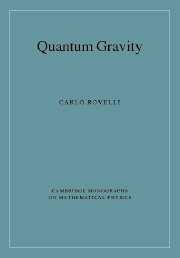
Quantum Gravity
-
- Published online:
- 06 July 2010
- Print publication:
- 15 November 2004
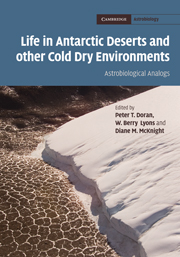
Life in Antarctic Deserts and other Cold Dry Environments
- Astrobiological Analogs
-
- Published online:
- 06 July 2010
- Print publication:
- 29 April 2010
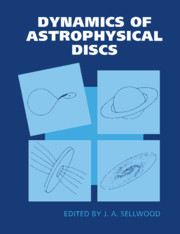
Dynamics of Astrophysical Discs
-
- Published online:
- 06 July 2010
- Print publication:
- 07 December 1989
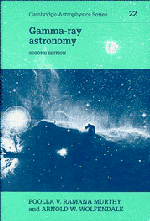
Gamma-ray Astronomy
-
- Published online:
- 06 July 2010
- Print publication:
- 01 April 1993
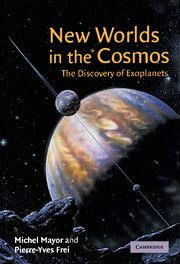
New Worlds in the Cosmos
- The Discovery of Exoplanets
-
- Published online:
- 06 July 2010
- Print publication:
- 25 September 2003
16 - Binary neutron star evolution
-
- Book:
- Numerical Relativity
- Published online:
- 05 March 2013
- Print publication:
- 24 June 2010, pp 533-561
-
- Chapter
- Export citation
A - Lie derivatives, Killing vectors, and tensor densities
-
- Book:
- Numerical Relativity
- Published online:
- 05 March 2013
- Print publication:
- 24 June 2010, pp 598-606
-
- Chapter
- Export citation
Contents
-
- Book:
- Numerical Relativity
- Published online:
- 05 March 2013
- Print publication:
- 24 June 2010, pp v-x
-
- Chapter
- Export citation
H - Moving puncture representions of Schwarzschild: analytical results
-
- Book:
- Numerical Relativity
- Published online:
- 05 March 2013
- Print publication:
- 24 June 2010, pp 637-641
-
- Chapter
- Export citation
3 - Constructing initial data
-
- Book:
- Numerical Relativity
- Published online:
- 05 March 2013
- Print publication:
- 24 June 2010, pp 54-97
-
- Chapter
- Export citation
2 - The 3 + 1 decompostion of Einstein's equations
-
- Book:
- Numerical Relativity
- Published online:
- 05 March 2013
- Print publication:
- 24 June 2010, pp 23-53
-
- Chapter
- Export citation
B - Solving the vector Laplacian
-
- Book:
- Numerical Relativity
- Published online:
- 05 March 2013
- Print publication:
- 24 June 2010, pp 607-608
-
- Chapter
- Export citation
E - Post-Newtonian results
-
- Book:
- Numerical Relativity
- Published online:
- 05 March 2013
- Print publication:
- 24 June 2010, pp 616-628
-
- Chapter
- Export citation
15 - Binary neutron star initial data
-
- Book:
- Numerical Relativity
- Published online:
- 05 March 2013
- Print publication:
- 24 June 2010, pp 506-532
-
- Chapter
- Export citation
